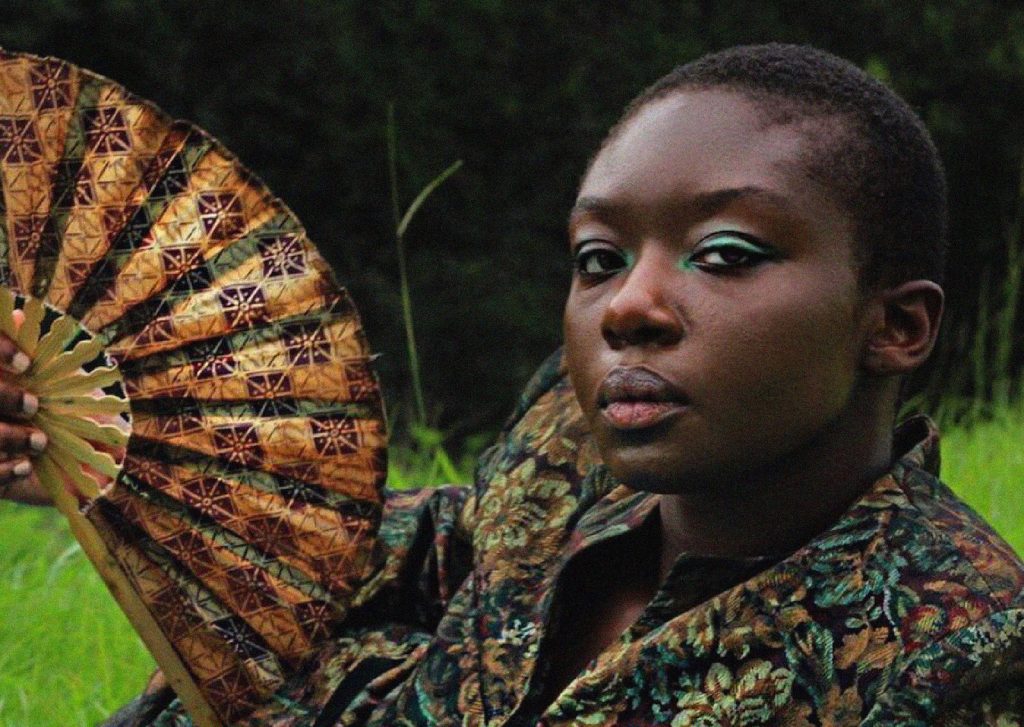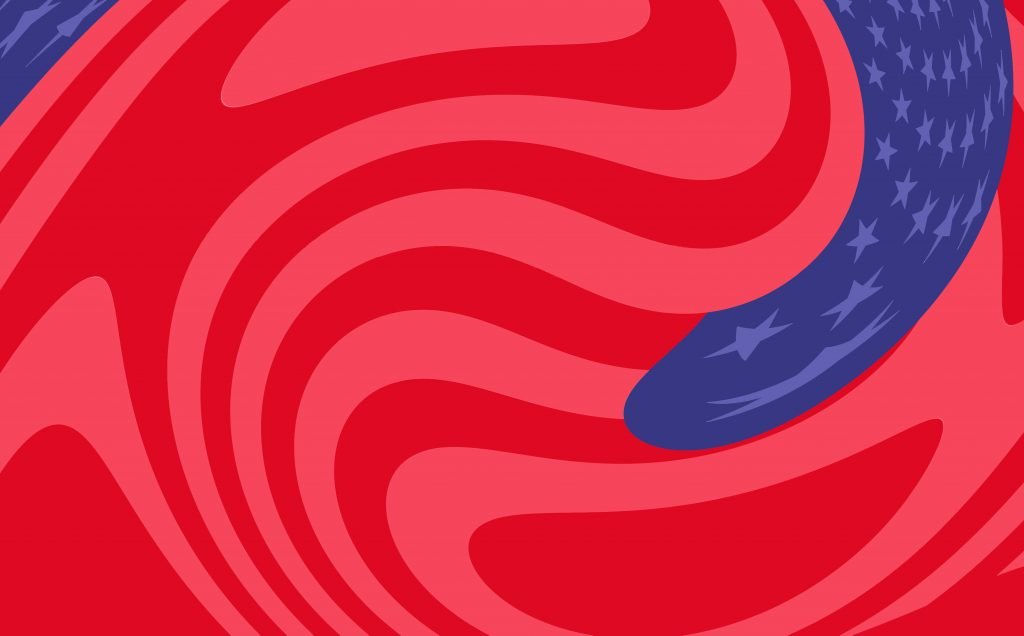In Salau, I saw a young Black woman, the same age as myself, who called for justice despite the harm she faced. After her death, my timeline erupted in memorials, and conversations on how to better protect Black women — how she died at the hands of a Black man who should have protected her.
On June 6, the baby-boomer battles between left and right at a hallowed Long Island intersection collided with an outpour of younger people calling to end police brutality and systemic inequality. Over 250 peaceful protesters co-opted this battleground for a three-hour Black Lives Matter protest and unknowingly threw tradition by the wayside when nearly 100 of them crossed North Country Road — No Man’s Land — infiltrating the land held by the Patriots for nearly two decades.
As protests for George Floyd spread throughout the U.S., Salt Lake City, the quiet capital of Utah, has become boisterous with Black Lives Matter chants as another group of protestors demand justice for Bernardo Palacios-Carbajal, who was shot and killed by the Salt Lake City police.
I remember sitting in my grandmother’s home in Jamaica, in the sweltering heat, confused as to why George Zimmerman was acquitted after killing Trayvon Martin.
I was twelve.
Since then, countless people have died at the hands of police — their killings preserved on dashcam or bystander video, while many others were never filmed.
The grotesque, inhumane, evil killing of George Floyd has burst the dam of Black Patience again. Black people are appalled. Black people are pissed off. Black people are fed up. Black people are heartbroken. But most of all, Black people are tired.





